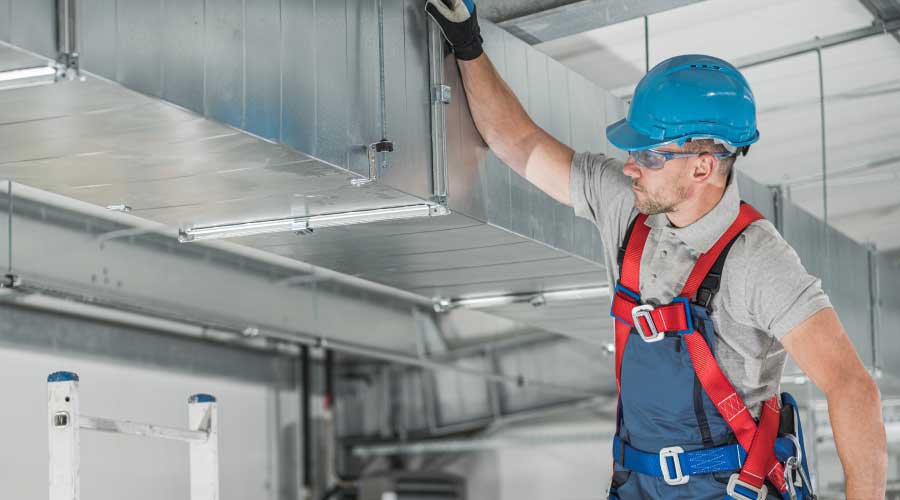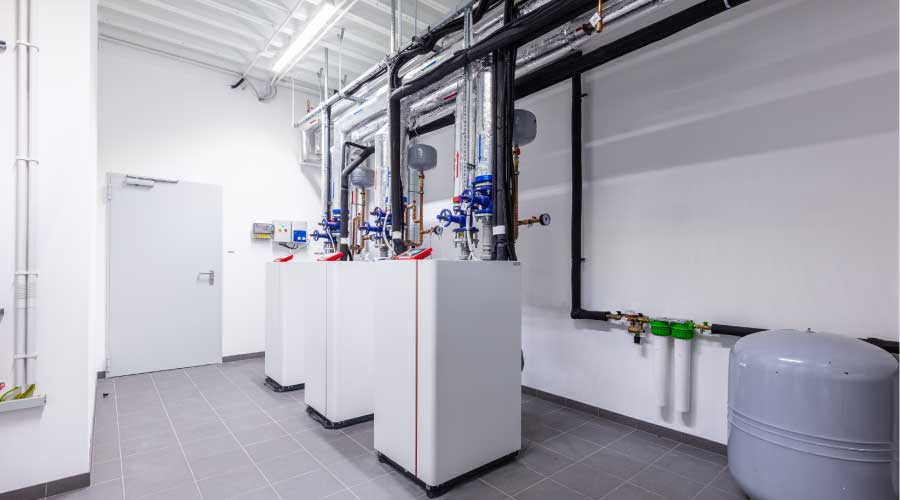 First produced in the 1930s, air filters were designed to reduce the chance of fires. Due to technology advances and standard upgrades, air filters serve a much larger purpose today.
First produced in the 1930s, air filters were designed to reduce the chance of fires. Due to technology advances and standard upgrades, air filters serve a much larger purpose today.Air Filters: Advances in Design
Advances in design have given air filters a greater purpose than their original intent of reducing the chances of fires.
New-generation filters
One of the newer filtration system designs is a dynamic air cleaner, which is a hybrid of electronic air cleaners and passive filters. While the conventional electronic air filter used a high-voltage source to ionize the particles in the air stream, dynamic air cleaners use a low current, direct source application of power to a grid embedded in the filter pad. The current polarizes the fibers of the filter pad, causing them to attract particles. Once on the fibers, the polarized particles grow as they attract and bond with other polarized particles.
Dynamic air cleaners offer efficiencies ranging up to 97 percent for particles down to 0.3 microns with a MERV rating as high as 13. This means dynamic air cleaners can effectively remove odors and some volatile organic compounds.
Most dynamic air cleaners use disposable media pads that can be retrofit into existing ductwork without modifications. Since the system uses polarization rather than ionization, it produces no ozone.
These air cleaners offer low to moderate pressure drop across the filter, keeping fan energy requirements low. While dynamic air filters have been in use for a number of years, it is only recently that their popularity has risen, due to the need to balance system fan energy use with clean air.
Another emerging technology in HVAC filtration systems is the use of nanofibers. A nanofiber has a diameter of 100 nanometers or less, an order of magnitude smaller than widely used conventional fibers. As an indication of their size, nanofibers used in the construction of filter media are 1,000 times smaller in diameter than a human hair.
Made from polymers, nanofibers form a spider web-like arrangement with a surface area filled with a large number of small pores forming a fine mesh. When the mesh is attached to conventional filter media, it can capture very small particles, such as allergens, mold spores, and dust mites — particles that would pass through most conventional filter media and that can readily pass through most other types of filters.
The small-diameter fibers create a filter that has a high dust-holding capacity while maintaining a very low pressure drop, meaning the fan requires energy to move the desired volume of air. Most nanofiber based filter systems have a MERV rating of 11-13.
Related Topics:














